THE DEATH OF THE 9-5 REGIME AND THE FUTURE OF WORK: POST COVID-19 TRENDS AND PREDICTIONS
Earlier this month Salesforce announced that the majority of their employees were allowed to work from any location. Employees that lived in close proximity to an office were permitted to come in once or twice a week at their discretion whereas those that lived in the suburbs were allowed leeway to work from home indefinitely. Only a minority of employees whose jobs specifically required on-premise activity, were expected to report to work every day. Salesforce thus follows in the footsteps of other Silicon Valley tech giants like Twitter, Facebook and Square who have made similar announcements in the wake of the ongoing pandemic as millions of people braved lockdowns and made the abrupt shift towards working from home.
The last several months have seen much media hype about the new normal: the drudgery of the early morning commute and returning home late at night is ostensibly a phenomenon of the past. People were able to customize their work schedules to incorporate family, work, and leisure. As lockdowns swept through the world, the speed and efficiency with which organizations and employees adapted was remarkable: kitchen countertops were converted into makeshift home offices and video communication became the norm as hitherto on-premise jobs rapidly transitioned online.
Organizations adopting this new form of working will have workplaces that are distributed across home, head-office, and remote satellite offices; managers will determine the appropriate mode of work based on the nature of job functions and team preferences. Leaders will need to manage, coach, evaluate and motivate remote teams; technology will enable multiple modes of working and facilitate better team collaboration; data and applications will reside on the cloud with tailored access levels and security. The culture will evolve to prioritize trust, agility and belonging over systems and process.
This article examines some key considerations pertaining to the future of work and offers some insights on how the world of work may change in a post pandemic environment. The present indications thus far are that the 9-5 work week may well be dead as the future of work is reshaped, potentially forever.
- The flex life: Key factors
Organizations that have surveyed their employees during the pandemic report that there is an overwhelming preference to work remotely due to the freedom it offers. A flexible schedule, being independent of a defined location and the absence of an arduous commute were the top reported benefits
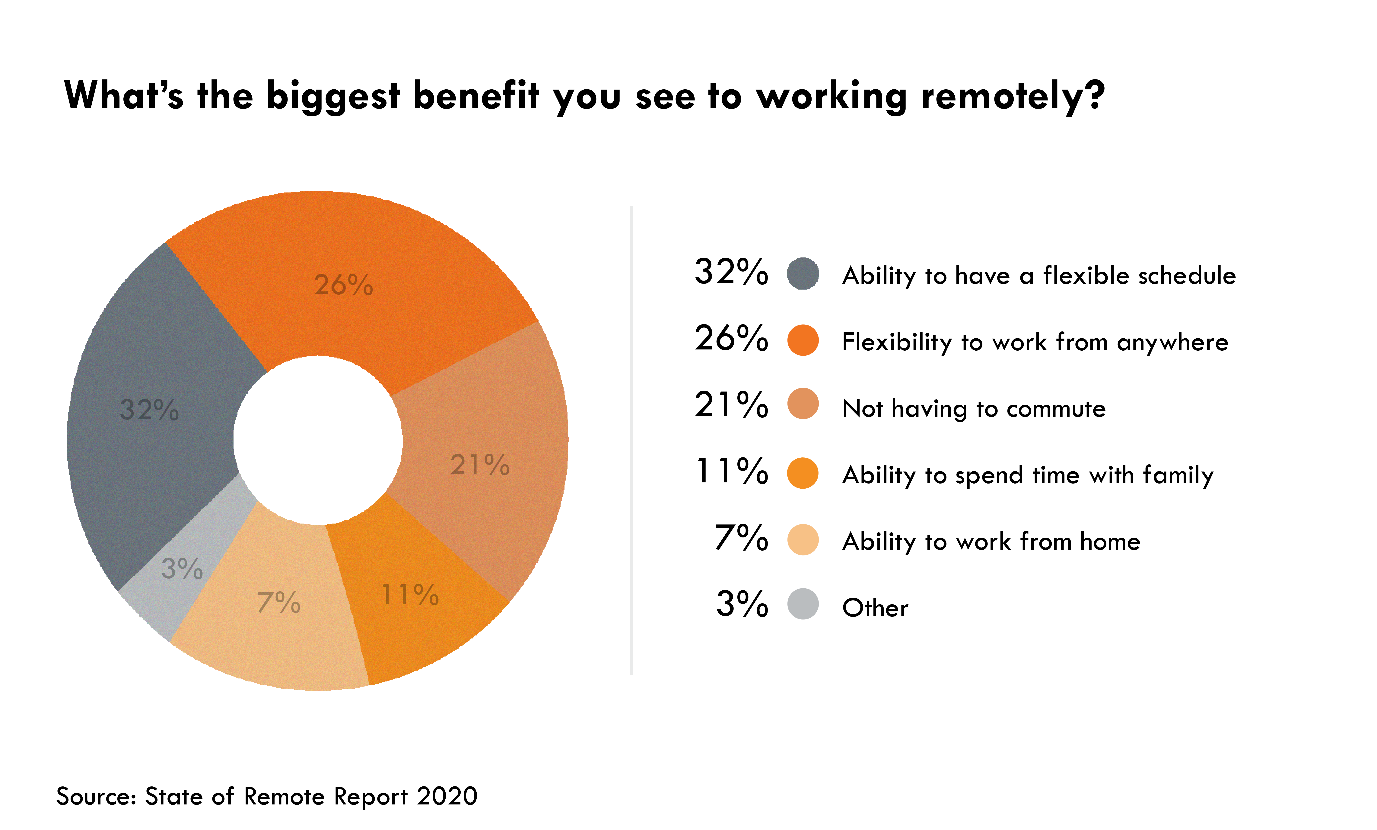
As months went by many people started to realize that working from home also come with a downside. The main issue faced by remote employees was the lack of communication and poor collaboration with team members. Loneliness brought about by a lack of social interaction was also cited as a key c
oncern. Another issue reported was the inability to unplug from work: without clearly defined office hours many people had a tougher time dividing up their personal and professional time and ended up working longer hours.
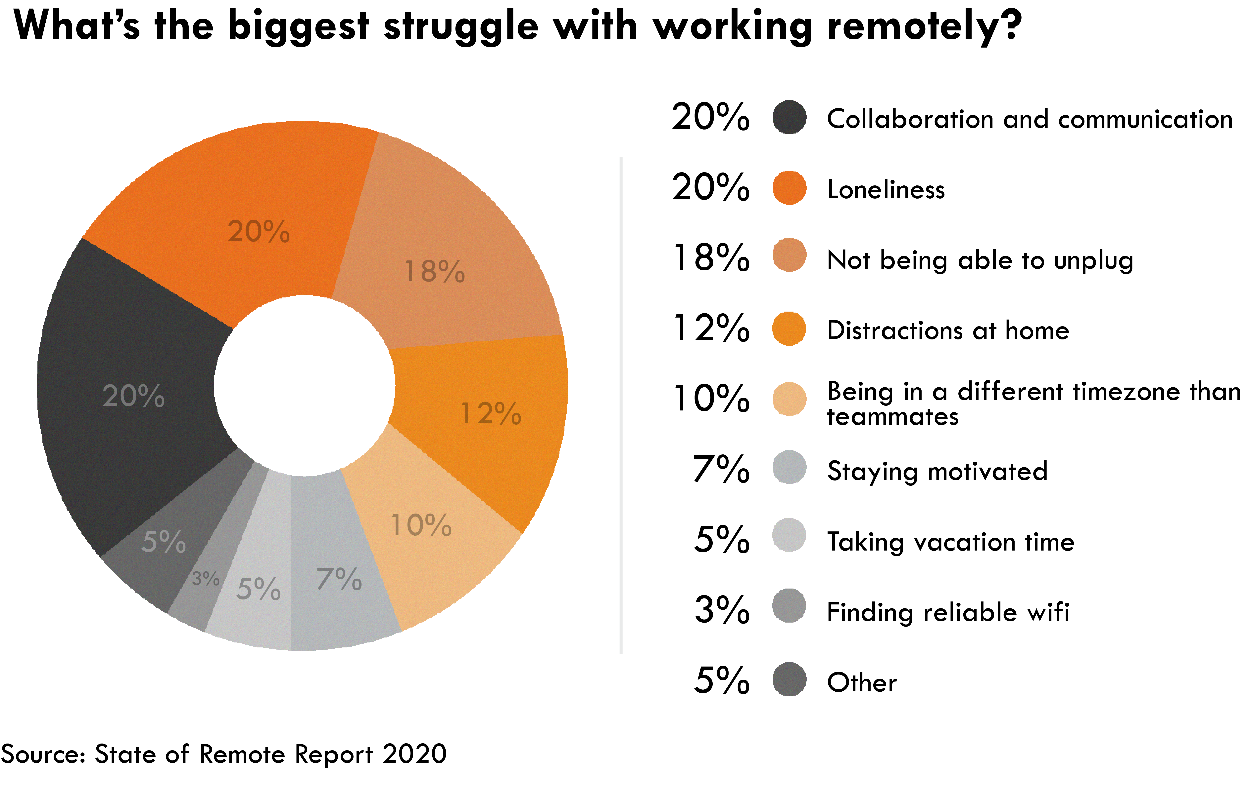
Despite the popularity of flexible work, not all companies have universally embraced the concept. A major barrier is resistance to change or conflicts vis-a-vis archaic company policy. Privacy concerns and the impact on company culture was also cited as a case for returning back to working from the office.
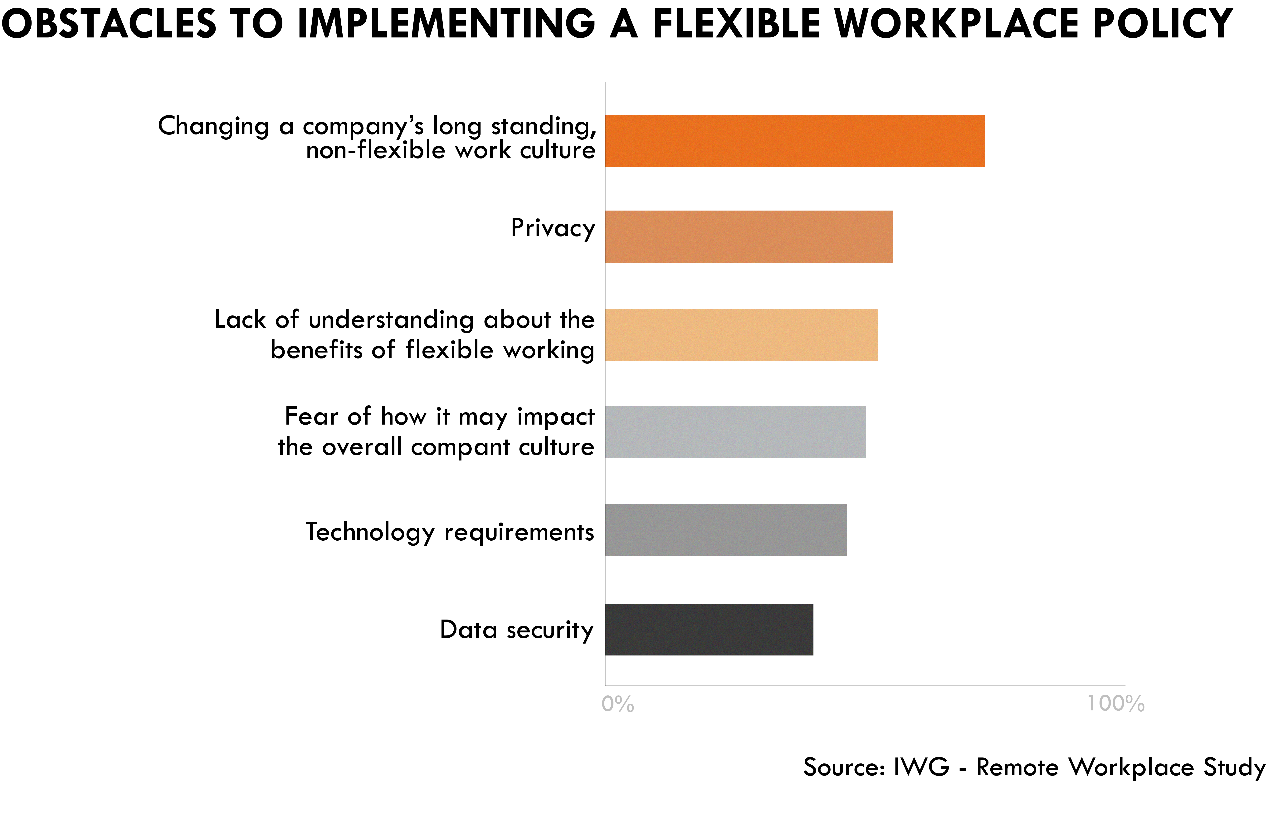
Managers also have many lingering concerns around the effectiveness of remote work. Questions have been raised around diminished productivity levels, reduced employee focus and the impact on team cohesiveness. Managers surveyed also agree that there are certain types of conversations that are best conducted face to face - notably on-boarding discussions, ‘difficult’ manager-employee conversations and critical business negotiations. Organizations will consequently need to invest in remote training and schedule more frequent employee touchpoints to increase efficiencies. The performance management function will also need to prioritize key outcomes and achievement of objectives over time and effort.
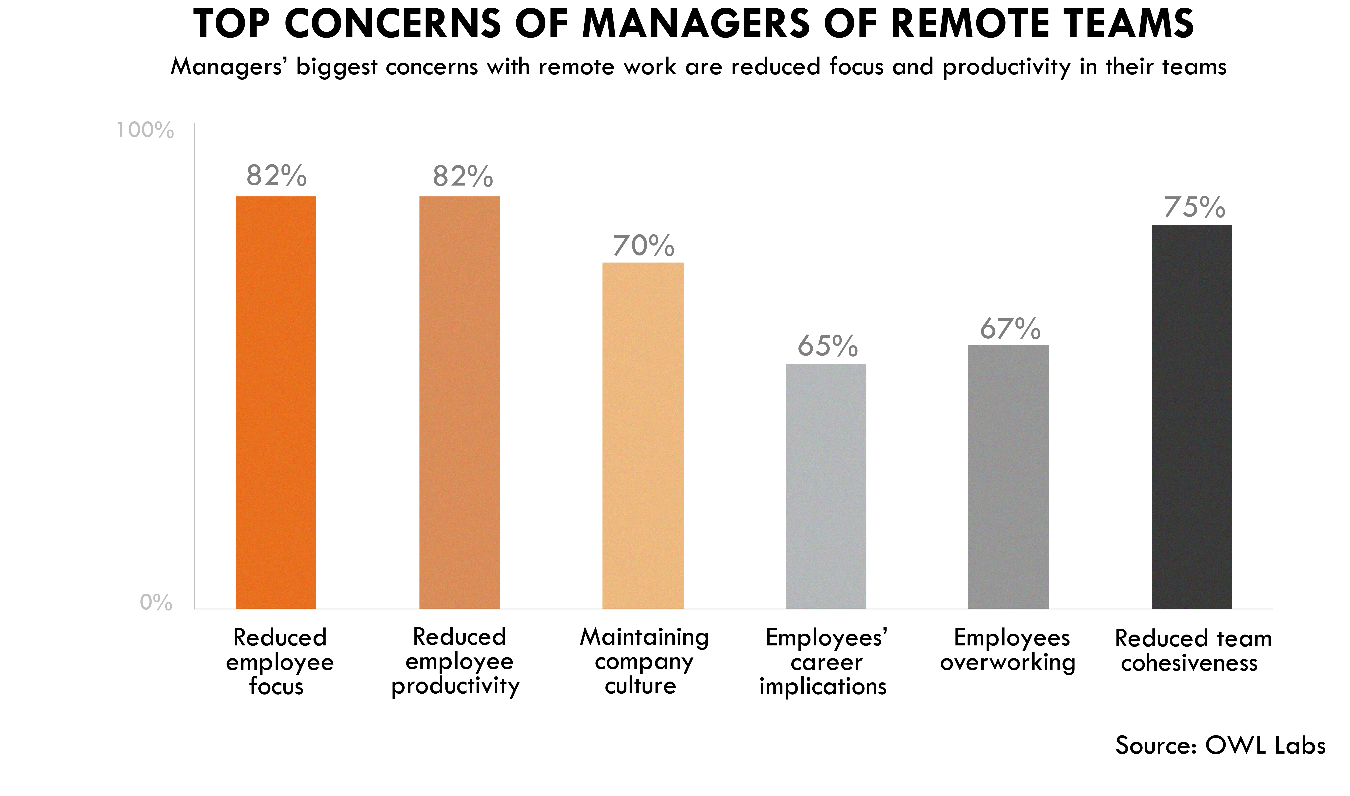
Attracting and retaining talent will be paramount for many companies as the war for talent hots up later in 2021. Nearly two-thirds of candidates surveyed indicated that having a choice of work location is important when choosing an employer.
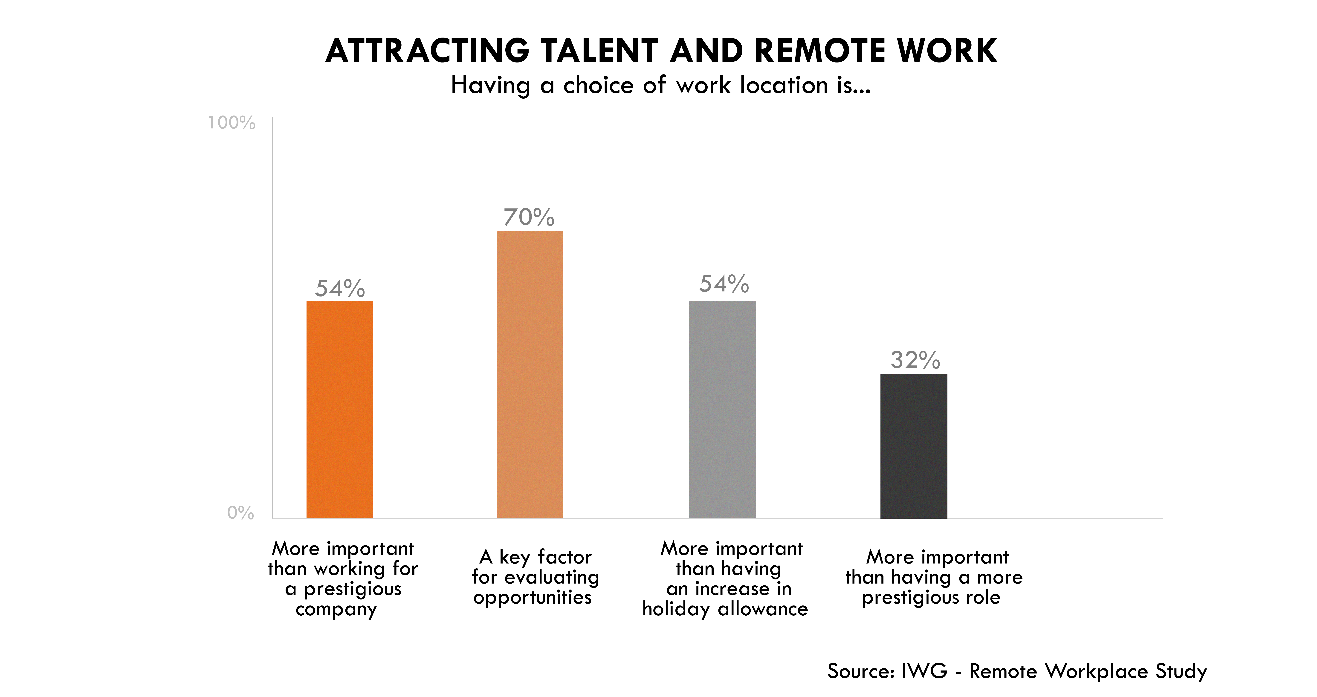
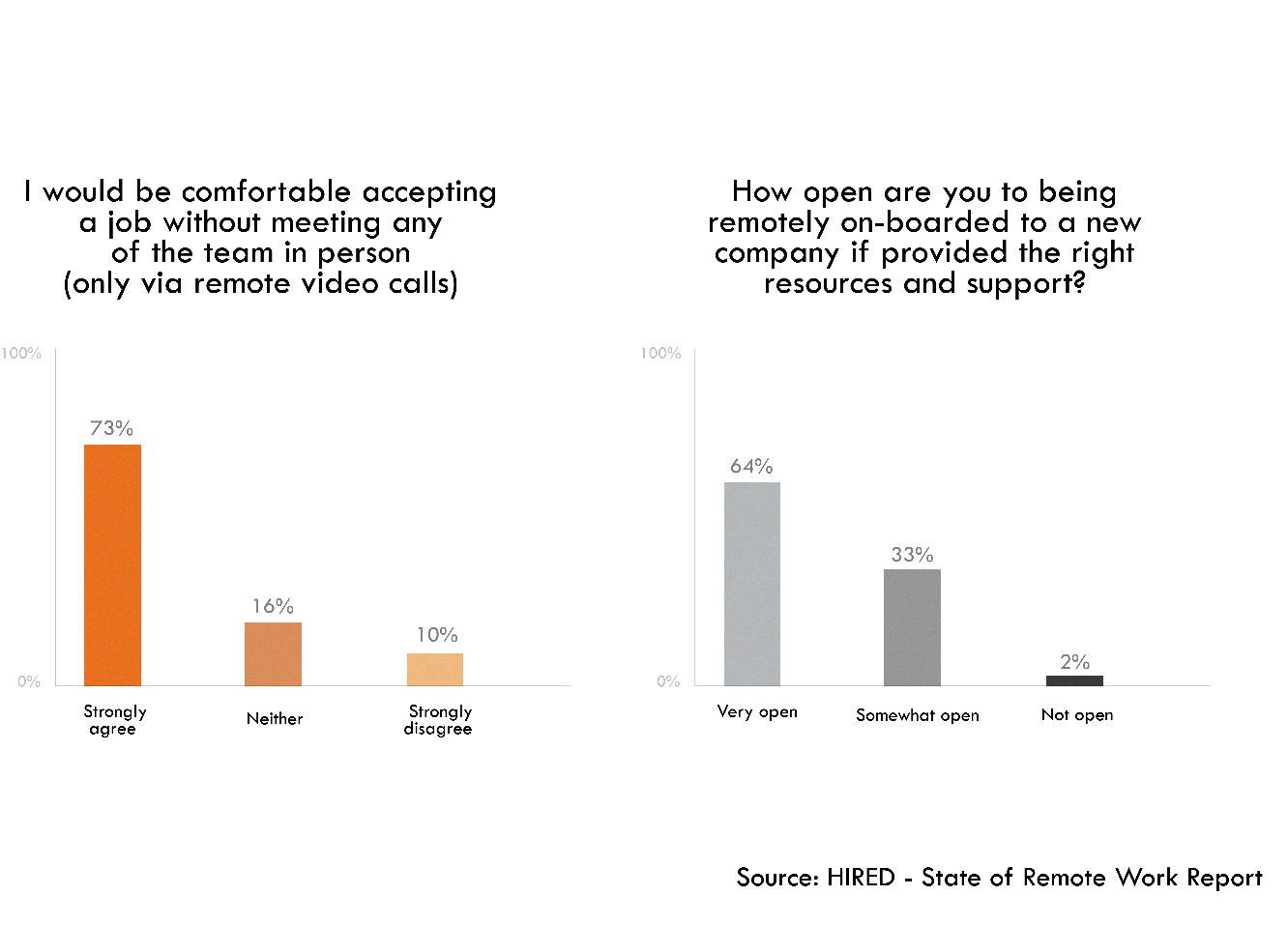
- The creative energy of the workplace
The workplace is a social environment and business is a social phenomenon. As the pandemic unfolded, people around the world realized that they were missing the creative energy and the heartbeat of the office. It became evident that the spontaneous collaboration, trust and relationships built through simple gestures and physical interactions could not be replicated via video calls.
Many people now find the virtual environment boring and back to back online meetings have led to ‘Zoom fatigue’. Without face to face engagement or the casual ‘water cooler’ chats, individuals and teams are likely to gradually lose their sense of belonging. Managers have also opined that in-person activity is essential to build team spirit and drive innovation. The commitment to the organization, its mission and values could be eroded and lost completely over time.
It has also become evident that employees miss the camaraderie of socializing with their co-workers; workplace surveys indicate that meeting friends and arranging social engagements after work is a key motivator for coming into work for millennial and Gen Z employees. There are also obvious difficulties for new employees to build community or get the necessary assistance or resources. Soft skills development will also be hindered because of the lack of direct communication.
Companies have attempted to mitigate these issues by organizing remote online engagement events such as happy hours. However, surveys indicate that employee engagement can wane over time and energizing remote employees could prove difficult in the long run.
- Intrinsic value of work
One of the most significant realizations brought about by the pandemic and its associated restrictions has been that people have become aware of the intrinsic value of work. Although workplace surveys indicate that the majority of people appear to prefer working from home, there are also others who are intrinsically motivated to return to office. By working from home people have enjoyed many extrinsic economic benefits. There has been an exodus from expensive cities to the suburbs and country with many people opting for the peace and tranquility that rural life brings. The latter has resulted in increased savings pertaining to travel, accommodation, food or wardrobe costs. Top-tier companies have also ramped up healthcare benefits and provided other allowances to compensate towards working from home.
Notwithstanding these numerous advantages, people still feel that there is an emptiness in their lives. Working from a physical office space leads to variety and change; face-to-face interaction leads to fulfillment with respect to many intrinsic factors viz. which contribute towards satisfaction and self-actualization.
- Mental health and the loneliness epidemic
Covid-19 has made many people more anxious about their own personal safety and that of their families. For some, however, the pandemic has sparked more serious mental health issues which may prevail in the long term. OCD, chronic loneliness brought about by social isolation and a general lack of meaning in life are predicted to be the long-term mental health issues emanating from the pandemic.
Organizations can consider implementing awareness programmes on mental health and scrupulously check on associate wellbeing; also, employees will need to be able to solicit in-house or external professional mental health services as an extension of healthcare benefits. HR business partners will have a crucial role to play in ensuring that affected employees are provided the required support. Talent leaders will also need to demonstrate more empathy and be more cognizant about the personal lives and circumstances of their employees.
- Expanded employer role as a safety net
The current economic crisis has pushed the boundaries in terms of the employee experience as personal factors take precedence. We have witnessed an increasing trend of employers paying greater attention to the financial, physical and mental well-being of their employees. Here are a few key benefits that top-tier companies offer their employees:
- Home work environment: Organizations may provide workstations, chairs, equipment, and peripherals to remote employees or alternately provide allowances for employees to create their own distraction-free ergonomic home office environment.
- Connectivity: Providing reliable Internet connectivity and resolving location specific issues to guarantee maximum productivity.
- WFH allowances: A monthly stipend paid to employees to compensate for utilities costs and other expenses.
- Wellness benefits: Wellness programmes that focus on online physical wellness to ensure that employee remain healthy and fit during lockdown; providing home gym/fitness equipment.
- Food and medical supplies: Home delivery of food and beverage, health, and safety kits etc. in order to support employees and increase motivation.
- Learning and development: Companies have switched to online learning resources and employees are increasingly looking to upskill themselves in uncertain times. Udemy reports a 425% increase in enrollments in the past several months.
- Periodic engagement events: Lunch or coffee meetups in casual setting for employees to connect on a personal level, build relationships and relieve lockdown fatigue.
- Emergence of new top tier employers
While some organizations recognized the humanitarian crisis brought about by the pandemic and prioritized the wellbeing of their staff, others pushed employees to work in unsafe or high-risk conditions with little support. Many companies were compelled to effect pay cuts and prune down on benefits and millions of workers also lost their jobs due to lay-offs and furloughs as the pandemic wreaked havoc in 2020.
Employees and prospective candidates will perforce judge organizations by the way they treated their employees during the pandemic. While some organizations ameliorated the suffering brought about by the pandemic and prioritized the wellbeing of employees, others pushed their staff to work in sub-optimal conditions. The more prudent employers have implemented rigorous workplace health and safety practices and have taken pains to ensure employee wellbeing. Organizations that brought about pay-cuts will need to communicate clearly and candidly in order to win employee trust and minimize voluntary attrition. The effect on employee experience and company brand will be long lasting and will separate out top tier employers from the rest.
- Video communications and business travel
The world is now familiar with video communications and way businesses and individuals communicate will be forever changed. The future of video communications could see improvements to predictive text and voice to text transcription could be the next major migration. Videoconferencing is limited in terms of conveying an individual’s entire presence and developers are working to transition meetings from videoconferencing platforms to virtual reality platforms.
Global travel saw a drastic reduction in 2020. A new study: Idea Works Company 2021, How Airlines and Travellers will adapt as the Pandemic recedes <https://ideaworkscompany.com/reports/> and reported by the Wall Street Journal takes a detailed look at the long-term impacts that Covid-19 could have on business travel. The conclusions are stark: between 19%-36% of business travel will never return to the skies. Companies will continue transitioning towards remote meetings and be mindful about the cost of business class travel; the precise business value will be assessed and only the most essential travel requests will be approved. There will also be increased scrutiny of healthcare risks prevalent at the travel destination as companies focus on more local and immediate travel.
- Diversity and Inclusion
As work arrangements in the post COVID-19 era are determined, there is an increased requirement to create inclusive workplaces that allow for a broader scope of diversity - gender, ethnicity, age, physical disabilities, cognitive diversity, sexual orientation. Work cultures need to be inclusive to enable diverse talent to thrive and feel valued and respected.
As modern organizations are challenged in attracting and retaining top talent, they continue to underutilize a major source: women. Providing greater flexibility in terms of when and where people work may provide opportunities to improve work-life balance, which may be particularly attractive for working mothers.
Through remote working, businesses can also benefit by opening up access to alternate and diverse talent pools like people with disabilities or retirees. The opportunities for distributed work will allow organizations to challenge the unconscious biases that impact the recruitment process.
- Democratization of skills and opportunity
Since the advent of the pandemic the volume of job searches using the ‘remote’ filter on LinkedIn has increased by approx. 60%; the share of remote applications has also increased nearly 2.5 times globally in the last 12 months. The drastic increase in remote work in an increasingly virtual world has reduced barriers for people to connect. We are likely to see a democratization of opportunity and a movement of skills around the globe. Organizations will be able to source talent from a global pool of candidates and thereby increase scope of services. They will also be able to recruit for skill sets not available locally and advertise tax benefits and currency advantages to attract top talent. As the effect of the pandemic diminishes voluntary turnover is also set to increase. The work from home environment presents some unique challenges and talent leaders will also need to come up with creative employee retention strategies to mitigate voluntary turnover.
- Future of workspaces
Enterprises have now begun reflecting on the size of their real estate footprint. Salesforce’s one million square ft. headquarters which was recently named the tallest building in San Francisco has minimal occupancy as thousands of employees heeded the work from home directive. Other Silicon Valley tech giants such as Google have made enormous investments in their offices and workspaces over the years to include facilities for employees’ such as cafeteria’s, nap-pods, bowling alleys and creative workspaces.
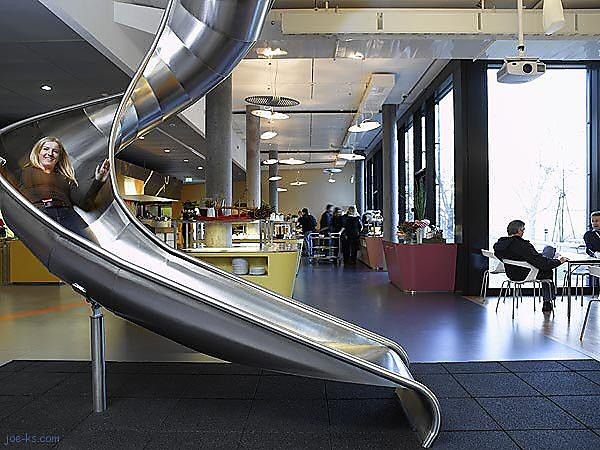

With a hybrid model of working where a select group of employees come into work no more than 2-3 days per week, it now seems increasingly likely that some companies may downsize their offices. There may be less demand for real estate in cities that have been designed for the 9-5 worker. The future of work may see a shift towards quality workspaces and buildings that are safer more technologically advanced and deliver a better experience for users. There will be demand for ‘pandemic-proof’ and certified workspaces fitted out with anti-microbial materials and UV light, sophisticated ventilation systems and smart technology. Visitor management systems will employ contactless voice, iris, and facial recognition technology while thermal imaging cameras will gauge temperatures. Employee’s may not have dedicated seats as employers embrace ‘hotseat’ or ‘hoteling” concepts. New workspace designs will focus on activity-based working and may incorporate features like breakout spaces in order to encourage camaraderie and team building; biophilic fit-outs will serve to improve wellbeing through the connection with nature as organizations aim to create workspaces that are attractive to employees. The tremendous benefit to organizations doubtless, will be substantial savings on real estate costs, operational expenses and utilities. Smaller companies may forego offices entirely opting instead to organize periodic ‘offsite’ events for employees to socialize or utilize co-working important face-to-face meetings.
Organizations that get it right may emerge from the crisis ahead with remote working policies that employees prefer, and workplaces specifically designed to be vibrant, safe, and collaborative.
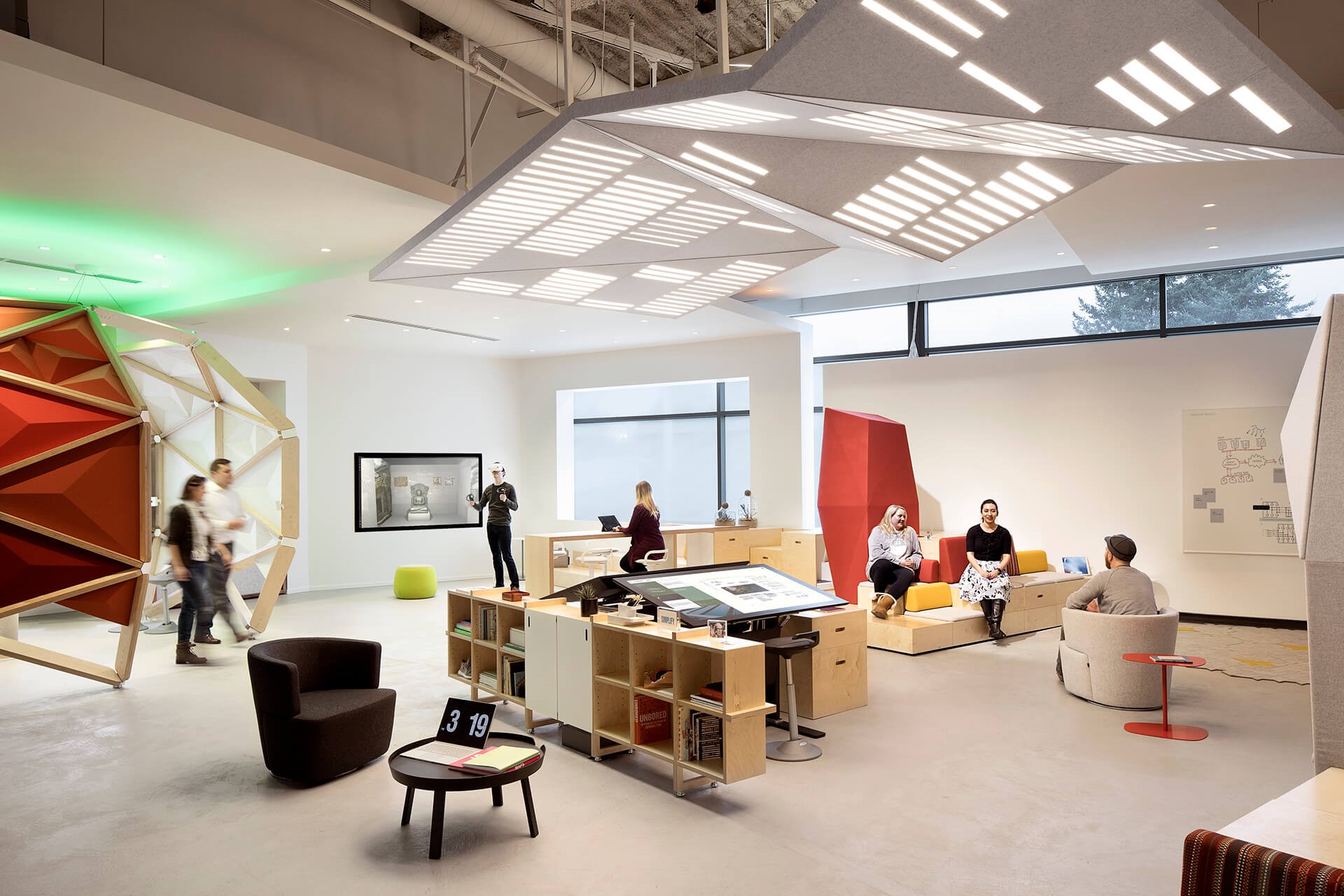
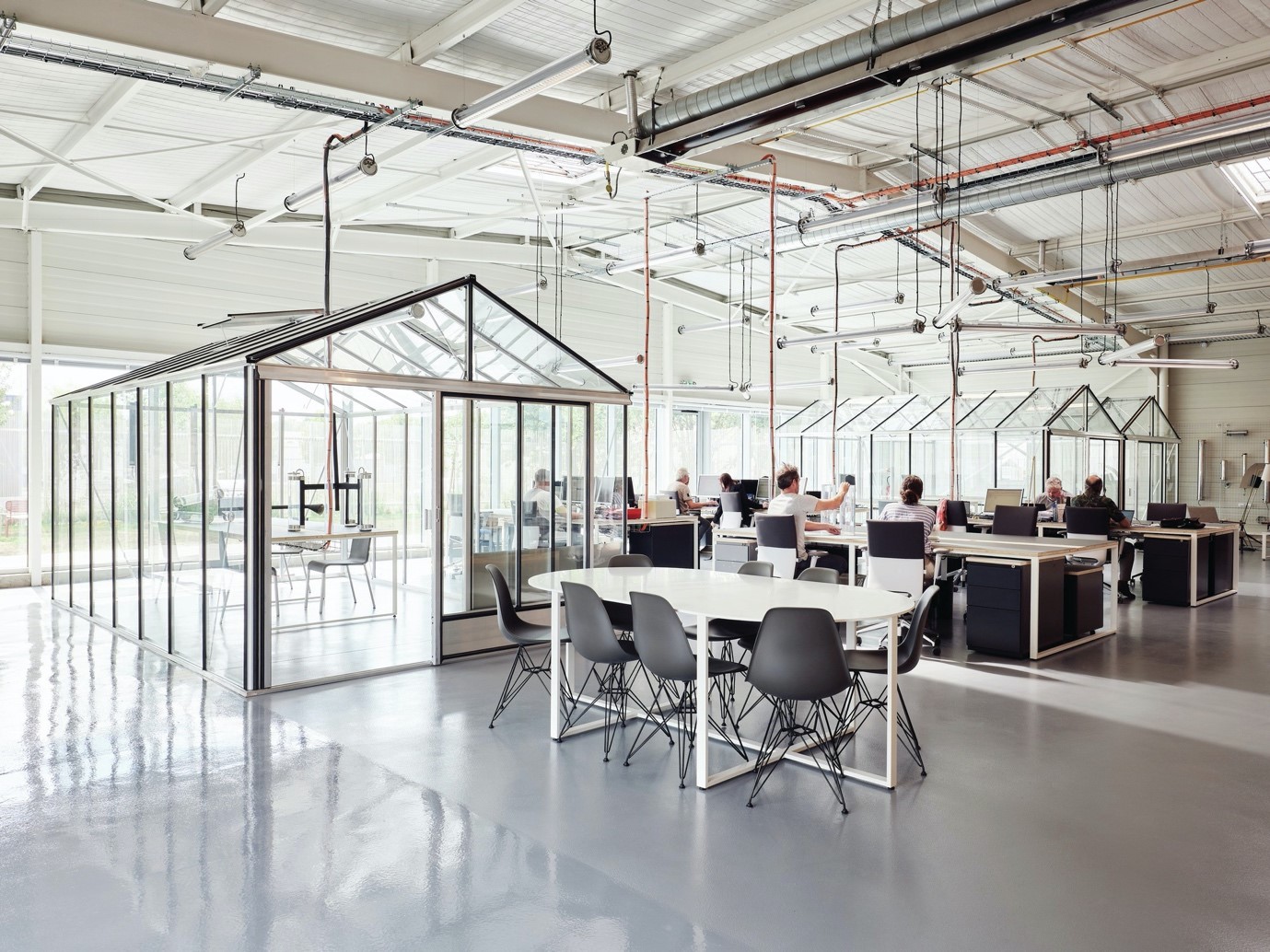
- Expanded employee data collection
Employers are using technologies more frequently to monitor their employees. Some organizations aim to track productivity through methods such as virtual clock-in and clock-out, computer usage while monitoring communications and chat. This can potentially lead to frustration, privacy concerns and may impede creativity and innovation. Other companies have started monitoring areas like employee wellness and have focused on collecting accurate employee health and safety data. There is also renewed focus on software and tools that track team productivity metrics as opposed to individual deliverables. A noticeable trend has been towards regular pulse checks to garner facets of information germane to the evolving work from home experience.
- The gig economy
Participation in the gig economy has grown exponentially since the advent of the pandemic and organizations will continue to expand the use of contingent or contract workers to supplement their workforce. The main advantage is the flexibility it offers in terms of work hours and the types of jobs that employees can take on. Gig work allows employees to focus on family responsibilities during the day and pick up work when it suits their schedule. People leaders will need to redefine performance management for this group and increase benefits to reduce the disparity between full and part time work in order to attract and retain workers from this segment.
- Cyber security
As organizations move towards remote work cyber security will become an even greater concern. A remote workforce presents an alternate perimeter of attack and requires a different mindset to deal with Organizations will need to determine how data is being accessed and plan to secure their systems and infrastructure in new ways Significant new investments are expected to be made in IT systems and infrastructure in order to protect employees, data, and equipment. Estimates indicate that global cyber security spending will exceed $1 trillion by the end of 2021.
- Artificial Intelligence
The pandemic was able to bring to light the importance of AI in simulation modeling and demand projection, remote coaching and employee engagement. Companies will see AI as more of an employee assistant in the coming years and will use in-house AI engines across a variety of functions to assist remote workers. AI powered robots will be able to provide core employee services such as HR or Administration assistance. Machine learning can be employed to gauge employee productivity and determine employee performance accurately and devoid of bias.
There has also been significant progress with AI powered mental health applications which are able to track an employee’s mood or general disposition and detect abnormal stress levels. Similar tools that rely on Natural Language processing and sentiment analysis are able to gauge motivation and engagement levels and contribute towards minimizing attrition. Furthermore, AI powered tools offer opportunities for learning and development by identifying skill gaps, serving as content recommendation engines that provide curated content and facilitating a dynamic and personalized learning experience.
Conclusion
With vaccines now being rolled out across the world, there is now light at the end of tunnel and the worst of the pandemic could be over in the ensuing months. Organizations will need to take into consideration the multitude of factors outlined above and determine the work arrangements that best suit them. A hybrid workforce model offers radical flexibility in designing work practices, but organizations need to have the right leadership and skills to capture the opportunity. Many business leaders question the merits of this non-traditional workforce model; an understanding of the pitfalls of working from home and the judicious implementation of appropriate strategies to negate the ill-effects will enable the best of both worlds.
Hybrid workforce models allow employees to flow through different work sites from remote solo locations and micro sites to traditional facilities like offices and factories when necessary. Work gets done where and when optimal and this new paradigm takes a certain kind of leadership mindset. The right leaders will view this as an opportunity and demonstrate courage, agility, ownership, and a long-term view. The coming months will define which organizations are hybrid champions, hybrid resistors or downright laggards.
About the Author:

Rasika Karunatilake is the General Manager at Sysco LABS – the technology innovation arm of Sysco Corporation (NYSE: SYY). Sysco Corporation is the global leader in selling, marketing, and distributing food products, equipment and supplies to the foodservice and hospitality industries. He counts 22 years of experience in the tech industry and is championing ‘Future of work’ initiatives at Sysco LABS. He can be contacted at <rasika@syscolabs.com>



